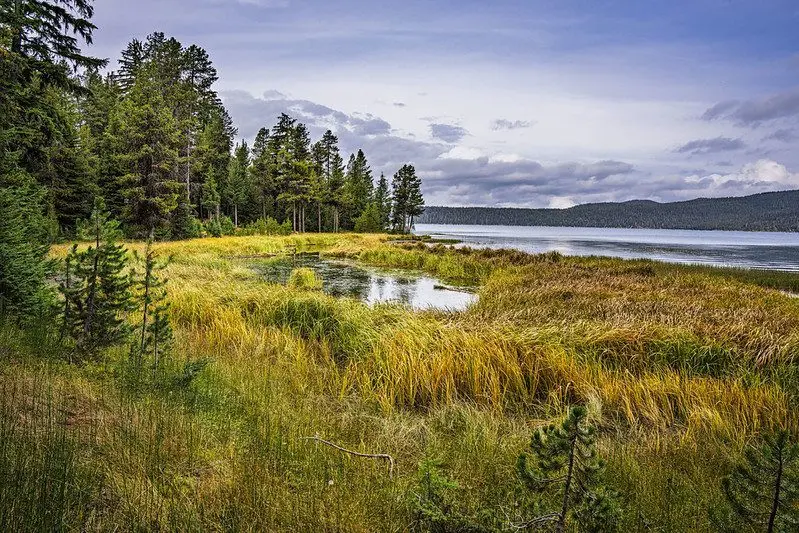A new executive order from Oregon Gov. Tina Kotek directs state agencies to put more energy towards making the state’s ecosystems and economies more resilient to climate change. The order sets a decade-long goal to protect and restore an additional 10% of the state’s lands and waters.
Nils Christoffersen, executive director of with Wallowa Resources, a nonprofit based in Northeast Oregon, is encouraged by the governor’s order for its strong vision, especially the idea that healthy ecosystems and healthy local economies go hand in hand.
“If we can focus our programs, policies and investments to support the families and individuals who steward these lands with clear guidance about the targets, I think that’s where we’ll see tremendous benefit for rural Oregon and more broadly for the state,” he said.
The order directs state agencies to identify science-backed strategies to respond to intensifying droughts, wildfires, heat and sea-level rise brought about by climate change. A 2021 proposal from the Oregon Climate Action Commission found that natural and working lands reduced U.S. emissions by 12% in 2019, and that protecting and restoring them could double this reduction.
Hannah Epstein, marine conservation manager of the nonprofit Oregon Shores, said the state’s coastal communities are among its most rural and economically vulnerable. People on the coast depend heavily on fishing and tourism, she said, and they are already feeling the impacts of sea-level rise, which is motivating them to become more resilient in the face of a changing climate.
“Resilient estuaries can support resilient fisheries,” she said. “Resilient dunes and wetlands can protect our home and our roads. Resilient oceans will support tourism and even the cultural identity of many coastal communities.”
Christofferson added that while setting goals that are attainable is important, the 10% in 10 years goal as laid out in the governor’s order falls short of what is needed to achieve resilience in Eastern Oregon from climate driven disturbances such as fire, insects and disease.
“If you’re looking at a watershed of just, for example, 100,000 acres, you want to treat 30% to 40% of that in order to achieve resilience for the entire watershed,” he continued.
Both Christofferson and Epstein said they are looking forward to working more closely with state agencies on climate resiliency projects.
By Isobel Charle, Public News Service

